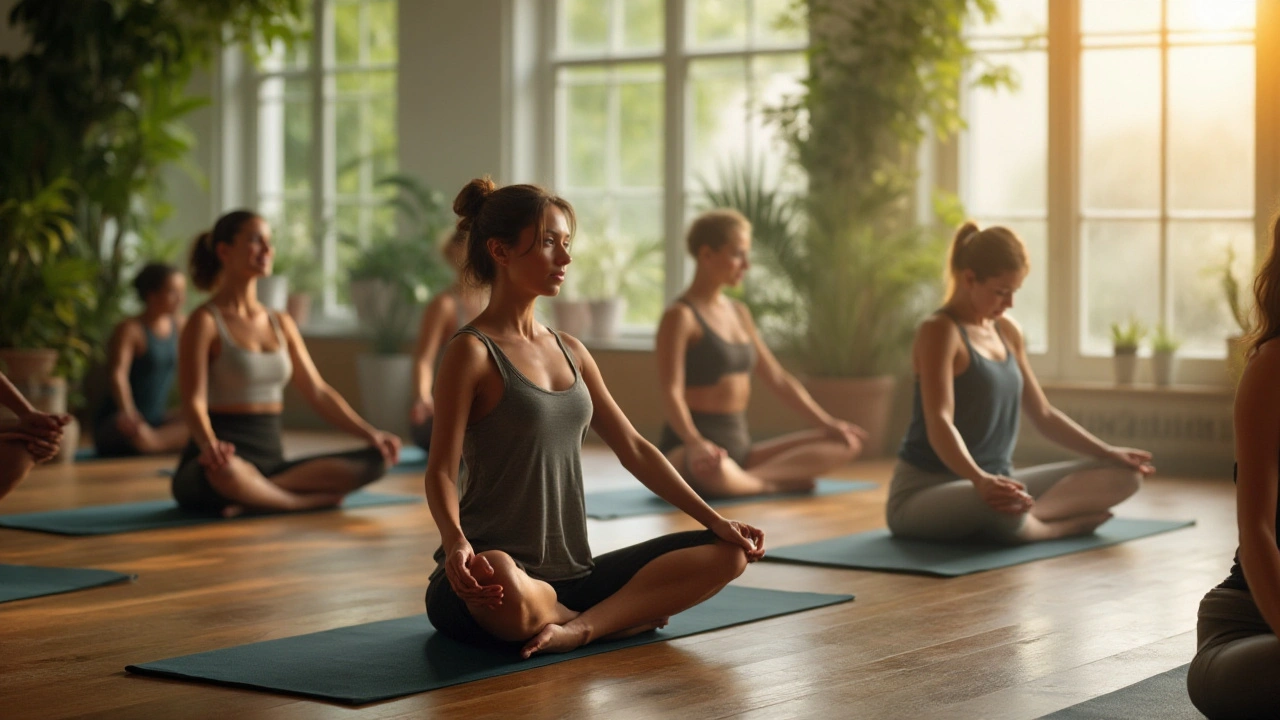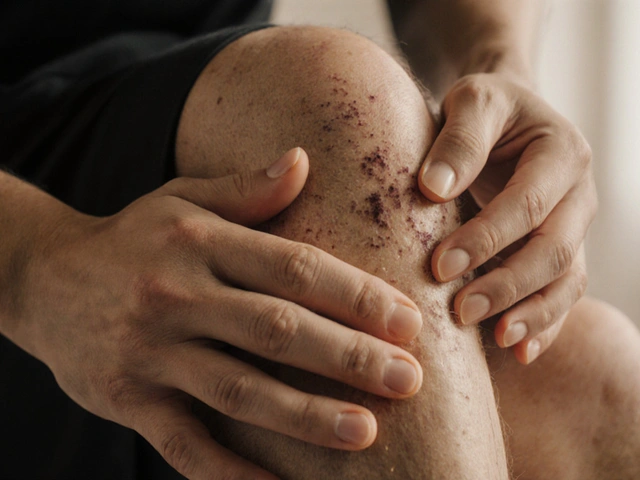Yoga practice made simple: quick routines, safe progress, real results
Want a yoga practice that actually helps your body and fits your life? You don’t need long classes or fancy gear. Start with short, consistent sessions focused on breathing, simple alignment, and a few poses that solve your real problems—tight hips, sore shoulders, or a stiff lower back.
Begin every session with breath for two to five minutes. Breathe slowly, in through the nose and out through the nose. That calms your nervous system and prepares your muscles. Then warm up with easy movements: cat-cow, gentle spinal twists, and hip circles. These moves loosen joints and reduce shock when you try deeper stretches.
Practical short routines you can do every day
Here are two routines you can finish in 10–20 minutes. Routine A (10 min): Sun Salutation variations, low lunge on each side, child’s pose. Routine B (20 min): Gentle standing sequence, seated forward fold, bridge pose, 5–8 minutes of slow supine twists and legs-up-the-wall. Do the short option on busy days and the longer one when you have time.
Focus on alignment, not depth. If a pose feels sharp or pins a joint, back off. Use props: a folded blanket under the hips in seated poses, a block for supported bridge, or a strap for hamstring stretches. Little changes protect you and speed progress more than forcing flexibility.
When to modify and when to seek help
If you have chronic pain, scoliosis, or past injuries, modify freely and consider pairing yoga with bodywork. Articles like "Rolfing for Scoliosis: Real Relief for Stubborn Back Pain" and "How Feldenkrais Training Transforms Your Yoga Practice for Greater Flexibility & Awareness" explain how hands-on therapies and mindful movement can correct patterns that limit your yoga. Gentle methods such as Ortho-Bionomy and Hellerwork also support better alignment, so poses feel safer and more effective.
Use yoga to build strength as well as flexibility. Include a few standing balance moves and core-friendly poses—plank, side plank, and boat pose variations. Strong muscles protect joints and make stretches last. Aim for two to three strength-focused minutes within each session.
Track small wins. Note the first time a pose feels easier, or when you sleep better after practice. Small, consistent improvements beat occasional long sessions. If progress stalls, try changing one thing: more breath work, slower transitions, or a focus on technique instead of reaching the floor.
Want guides that pair well with yoga? Check posts on Feldenkrais, Amma massage for recovery, and warm stone massage for tension relief. These therapies often speed recovery and deepen body awareness—so your yoga practice becomes safer and more rewarding.
Start small, stay regular, and listen to your body. That’s the shortest path to a yoga practice that actually makes life better.

Enhance Your Yoga Practice with Fascia Stretching Techniques
Fascia stretching involves focusing on the connective tissue that wraps around muscles, playing a crucial role in flexibility and movement. Incorporating fascia stretching into your yoga practice can lead to improved posture, enhanced flexibility, and a better sense of balance. By learning about fascia, yogis can prevent injuries and engage more mindfully in their practice. This approach fosters a deeper connection between the body and movements, making yoga more enriching.
Categories
- Health and Wellness (148)
- Alternative Therapies (86)
- Massage Therapy (40)
- Travel and Culture (15)
- Beauty and Skincare (9)
- Holistic Health (8)
- Health and Fitness (5)
- Spirituality (5)
- Other (2)
- Personal Development (2)



